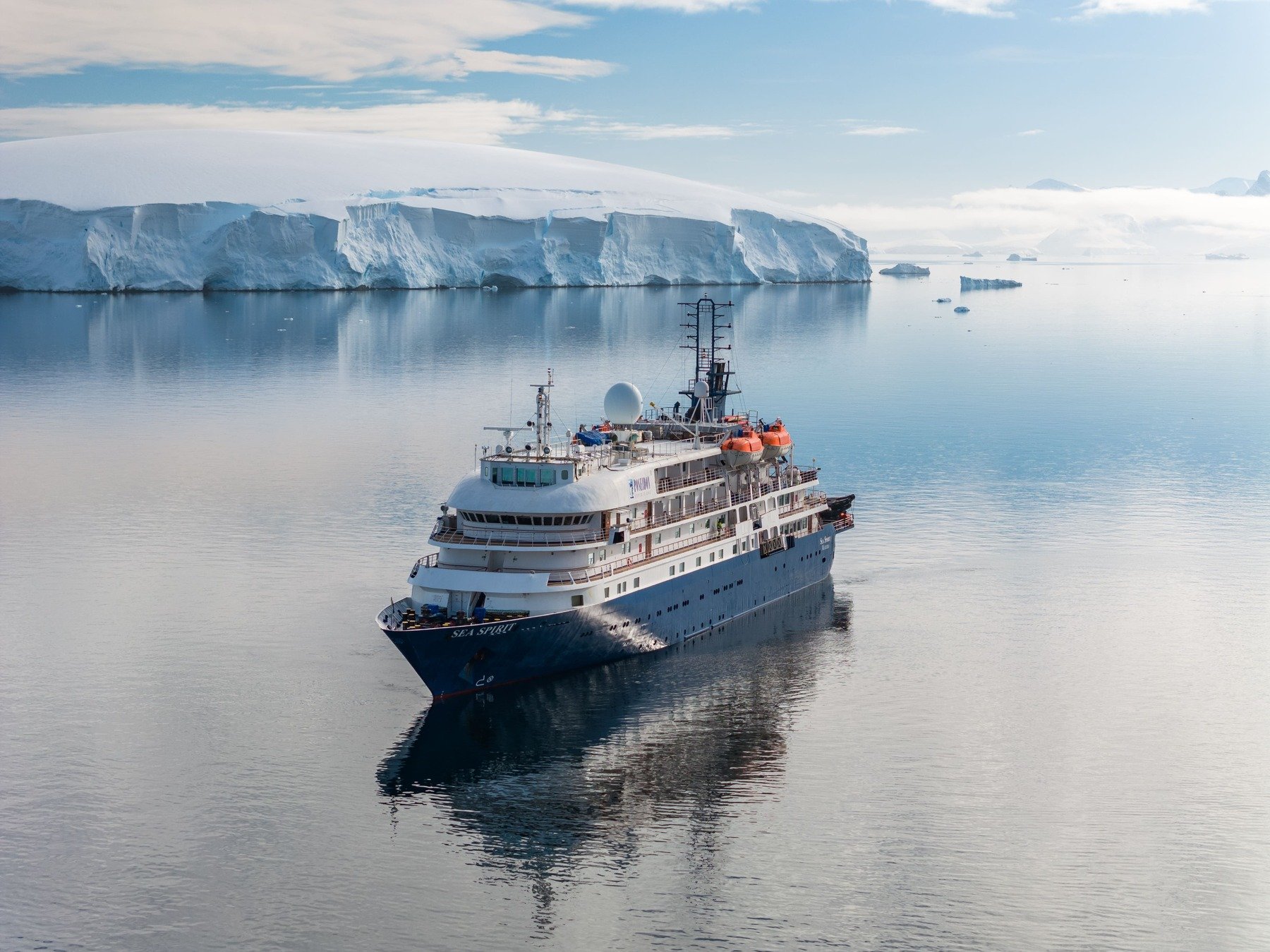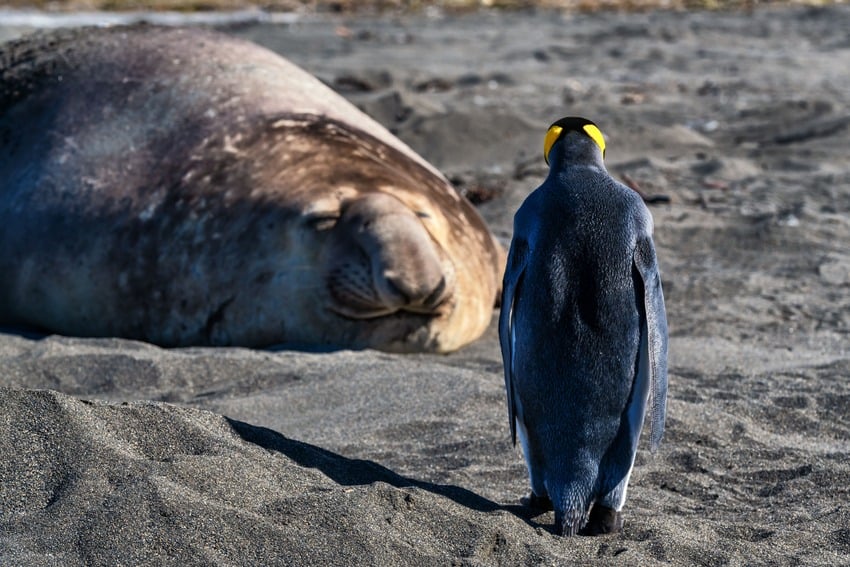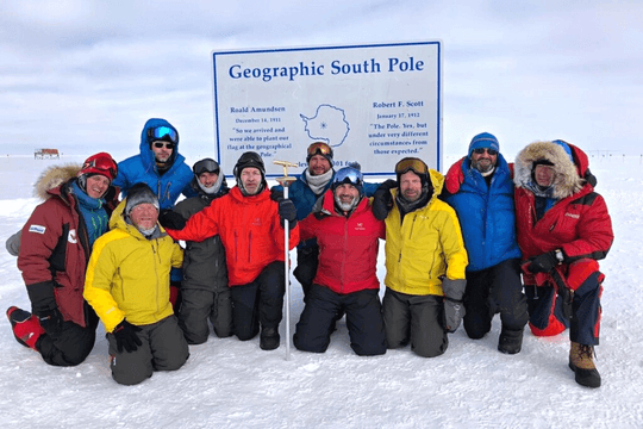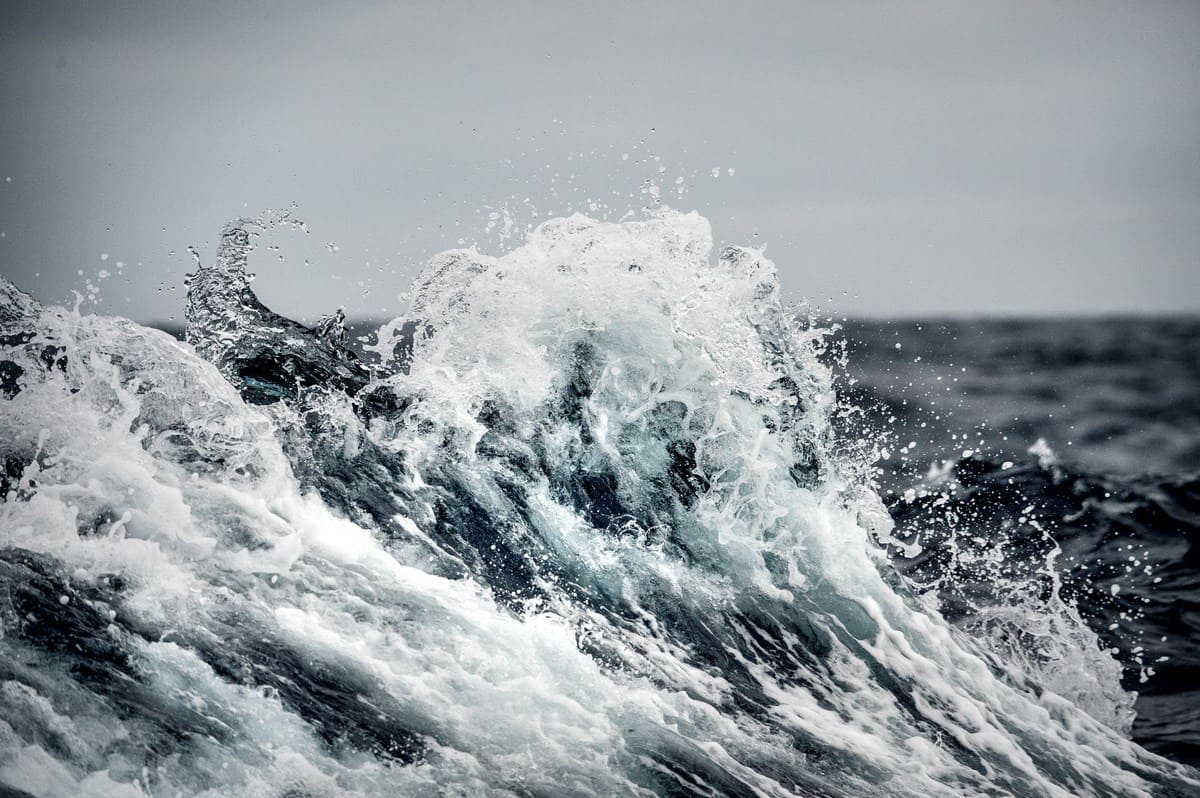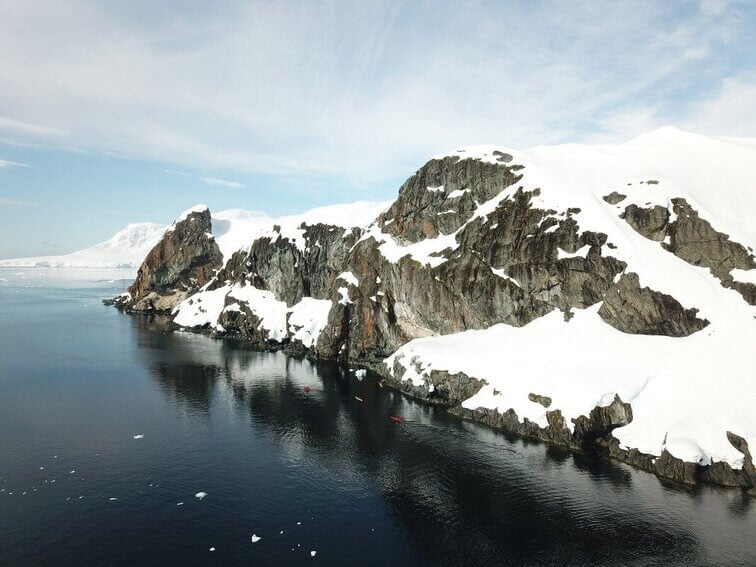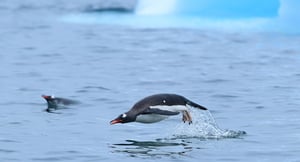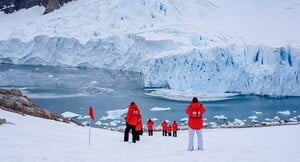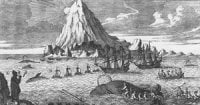Articles from Poseidon Expeditions: polar stories and essential information about the Arctic and Antarctica
Сan you go to Antarctica? Check-list for travelers
Ready for your next adventure? Discover Antarctica on an epic expedition cruise and see another cont...10 Seasickness Remedies for Avid Expeditioners
Don’t let the fear of motion sickness ruin your explorer’s spirit! We’ve collected the best tips...
How cold is Antarctica?
Are you dreaming of an epic expedition to the White Continent, but afraid of facing the cold? Don’t...
Things to do in Antarctica
How do you imagine your perfect Antarctic adventure? Cruising aboard a small expedition ship, campin...Elephant Island, Antarctica: Interesting Facts
It’s not just a very remote island in the Southern Ocean, but a famous place for fans of Antarctic h...Can You Go to the South Pole?
It’s the driest, coldest and most uninhabitable place on Earth, and yet it’s been attracting adventu...Drake Passage: The Crossing on a Cruise to Antarctica
Board a cruise to explore Antarctica and you are likely to face the Drake Passage. It’s where the At...Flights to Antarctica
There’s more than one way to travel to Antarctica! While over 90% of travelers choose the route ...Where Does Santa Live?
He sees you when you’re sleeping…and thanks to his little helpers (aka elves on the shelves) Santa...
Aurora northern lights
Are you ready to hunt for northern lights? Study our top facts to increase your chances of seeing them!...Why travel with Poseidon Expeditions
Seven compelling reasons why Poseidon Expeditions should be your top choice for a polar adventure:...
Antarctic Birds Expedition
IIt’s a bucket-list item for real birders! With 62 bird species found in the Antarctic region, an An...What animals live in Antarctica? Fun facts about polar wildlife
It’s the driest and coldest place on Earth, with harsh weather and winds sweeping through the bleak ...What is the Fastest Ocean Animal in the World?
With thousands of aquatic species living and travelling the oceans, some of them move incredibly fas...Are there polar bears in Antarctica?
If you travel all the way to the White Continent expecting to see polar bears, you’ll be in for a big...Arctic vs Antarctic: What is the Difference?
Why do polar bears not eat penguins and where can you see the biggest icebergs? Be sure to know your...Four North Poles
Did you know that there is not one but four North Poles in the Arctic? Read on to find out more abou...Flying a drone in Antarctica
Please note that your permit needs to be submitted no later than 60 days before your cruise starts t...100th achievement of the North Pole
Poseidon Expeditions is pleased to announce the 100th achievement of the North Pole which took place...
Arctic Whaling: A Historic Synopsis
Commercial Whaling in the Arctic is reported to have begun in the 1730’s, as Dutch and English explorers...



